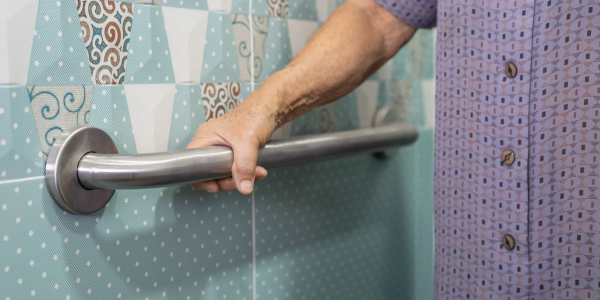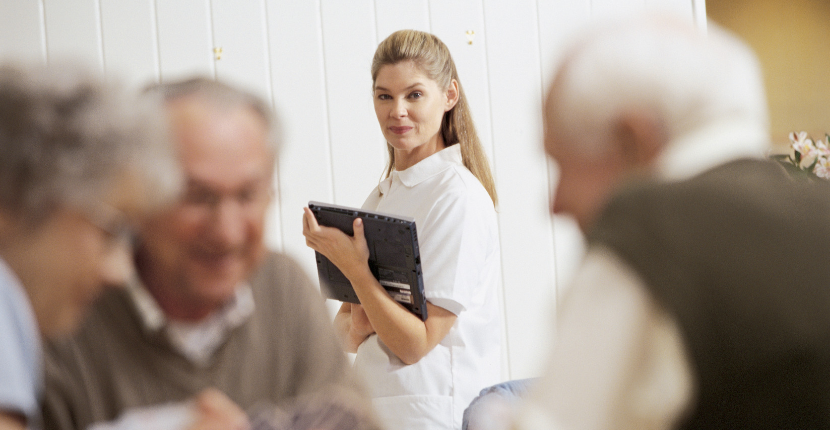As we age, the risk of falls becomes a significant concern. Falls can lead to severe injuries and a loss of independence, making it essential to take proactive steps to prevent them. In this blog post, we’ll outline senior fall prevention tips.
Make an Appointment with Your Health Care Provider
The first step in fall prevention is to consult with a healthcare provider. This is crucial for assessing an individual’s specific risk factors and tailoring prevention strategies accordingly. During this consultation, several factors are evaluated:
Medications: Reviewing all prescription and nonprescription medications is vital. Some medications can cause dizziness or affect cognitive function, increasing the risk of falls. Your healthcare provider may consider adjusting or discontinuing medications that pose such risks.
Previous Falls: Documenting past falls or near-falls helps healthcare providers identify patterns and develop targeted prevention plans.
Health Conditions: Certain medical conditions, along with issues like joint pain, dizziness, or numbness, can impact mobility and balance. An assessment of these conditions guides the creation of a personalized fall prevention strategy.
Keep Moving
Physical activity plays a crucial role in fall prevention. Regular exercise improves strength, balance, coordination, and flexibility. Activities like walking, water workouts, and tai chi are particularly beneficial for older adults. If fear of falling has limited physical activity, healthcare providers can recommend supervised exercise programs or refer individuals to physical therapists for tailored plans.
Wear Sensible Shoes
Footwear choices significantly affect balance and stability. Avoid high heels, floppy slippers, and shoes with slick soles, as they can contribute to slips and falls. Opt for properly fitting, sturdy shoes with nonskid soles to enhance safety and reduce joint pain.
Remove Home Hazards
A cluttered home can be a breeding ground for accidents. Clear pathways of boxes, cords, and clutter to create safe walking spaces. Secure rugs with nonslip backing or remove them entirely. Repair loose floorboards promptly, and keep essentials within easy reach to minimize reaching or bending.
Light Up Your Living Space
Inadequate lighting can make it challenging to spot obstacles and hazards. To enhance visibility:
- Place night lights in key areas such as bedrooms, bathrooms, and hallways.
- Ensure easy access to lamps or switches from your bed.
- Consider using glow-in-the-dark or illuminated switches for better visibility.
- Illuminate staircases and keep flashlights accessible for power outages.
Use Assistive Devices
Assistive devices can provide critical support for those at risk of falls. These devices may include:
- Handrails for stairways
- Nonslip treads for wooden steps
- Raised toilet seats with armrests
- Grab bars in the shower or tub
- Sturdy shower seats with handheld nozzles for seated bathing
Occupational therapists can assess the need for such devices and provide recommendations. These investments in safety are invaluable for maintaining independence.
Freedom Home Care: Your Partner in Fall Prevention
At Freedom Home Care and Medical Staffing, we understand the importance of maintaining independence while ensuring the safety of your loved ones. Our experienced caregivers offer a range of services, including post-hospital care, companion care, and daily home visits. We tailor our care plans to meet the specific needs of each individual.
We can assist with home modifications to make living spaces safer. Our commitment is to provide compassionate care and support, allowing your loved ones to age in place while minimizing the risk of falls and injuries. Fall prevention is a shared responsibility that requires a combination of lifestyle adjustments, home modifications, and professional support.




